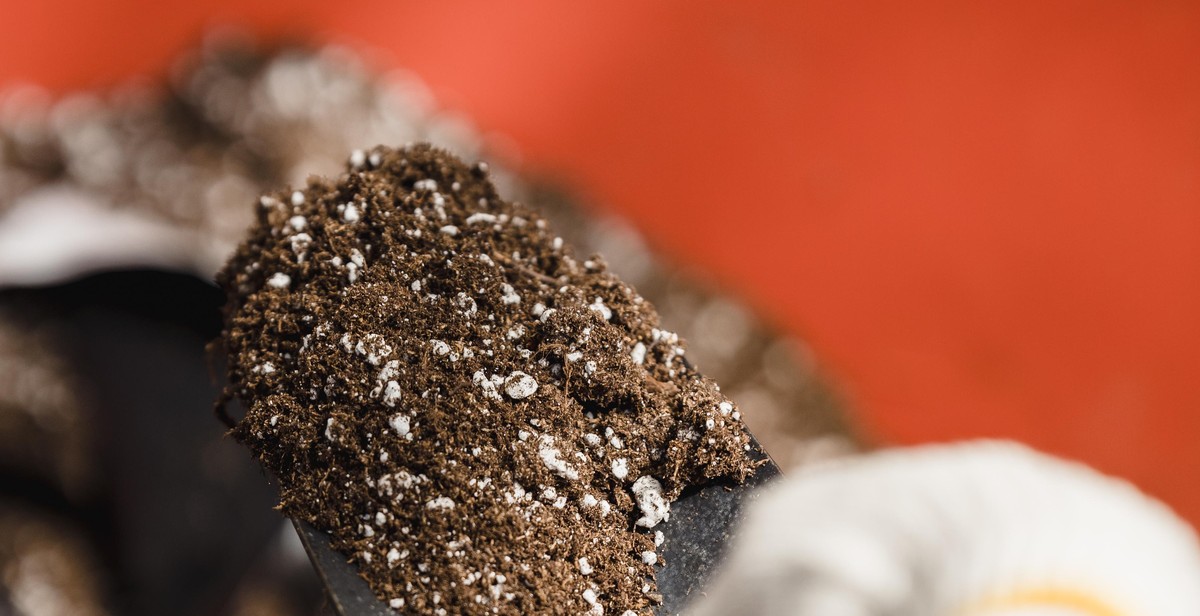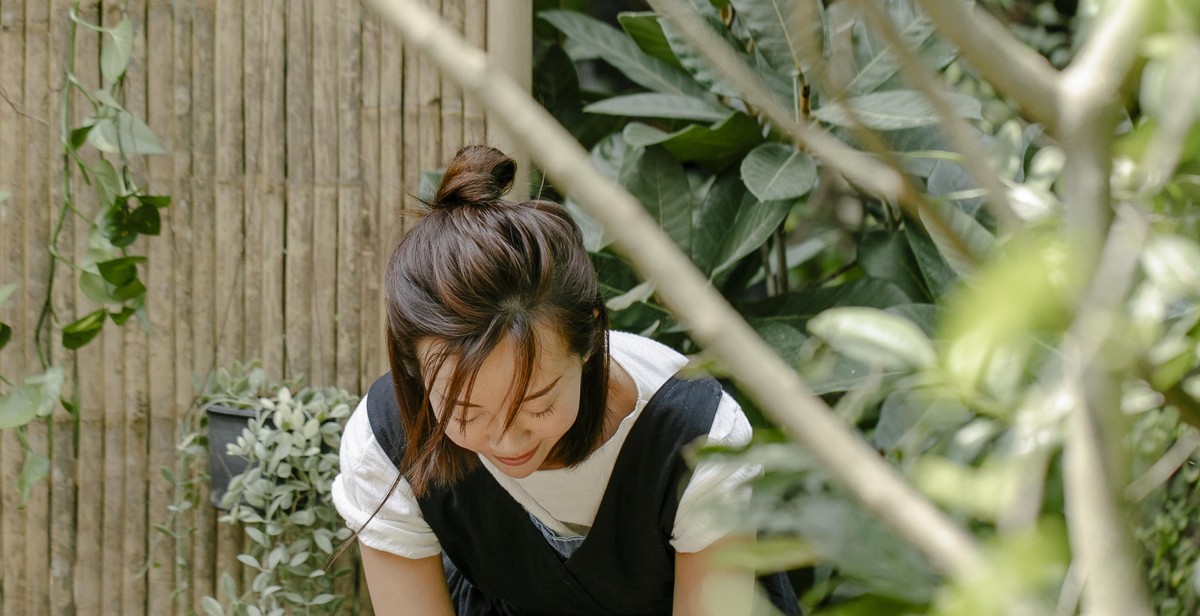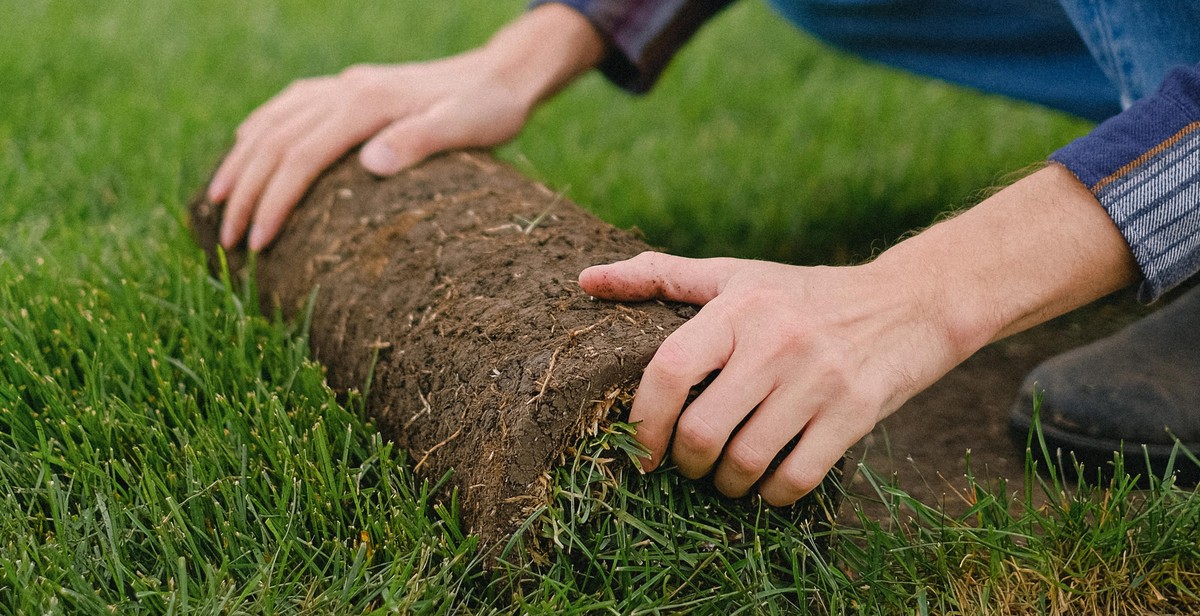How to Build a DIY Vertical Garden using Repurposed Ladders
If you are a gardening enthusiast who loves to experiment with different techniques to grow plants, then a vertical garden is something you should definitely try. Not only is it a great way to maximize your space, but it also adds a unique aesthetic to your garden. A vertical garden can be created using a variety of materials, but if you are looking for a cost-effective and eco-friendly option, consider repurposing an old ladder.
Why Repurpose an Old Ladder?
Repurposing an old ladder for your vertical garden is not only a great way to recycle an old item, but it also adds a rustic and charming touch to your garden. Ladders are versatile and can be used in a variety of ways to create a unique vertical garden. Plus, repurposing an old ladder means you won’t have to spend a lot of money on expensive materials.
How to Build a DIY Vertical Garden using Repurposed Ladders
Building a vertical garden using repurposed ladders is a simple and fun DIY project. You will need a few basic tools and materials, including an old ladder, pots or containers for your plants, potting soil, and plants of your choice. Follow these simple steps to create your own DIY vertical garden:
- Clean and sand the ladder to remove any rust or debris.
- Decide on the placement of your pots and containers on the ladder.
- Attach the pots to the ladder using wire or zip ties.
- Add potting soil to each container and plant your chosen plants.
- Water your plants regularly and enjoy your new vertical garden!
With a little creativity and some basic DIY skills, you can create a beautiful and unique vertical garden using repurposed ladders. Not only will it add a touch of charm to your garden, but it’s also a great way to recycle an old item.

Why Build a DIY Vertical Garden?
Vertical gardening is an excellent way to maximize your space and create a beautiful and unique garden. By building a DIY vertical garden, you can utilize small spaces, including balconies, patios, and walls, to grow plants. Here are some of the benefits of vertical gardening:
Benefits of Vertical Gardening
- Space-saving: Vertical gardening is ideal for small spaces as it allows you to grow plants vertically, saving space.
- Improved air quality: Plants produce oxygen, and by growing more plants vertically, you can improve the air quality around your home.
- Reduced pest problems: Growing plants vertically can reduce pest problems since pests have less access to your plants.
- Easy maintenance: Vertical gardens are easier to maintain as you can easily access your plants and tend to them without having to bend over or kneel down.
- Enhanced aesthetic appeal: Vertical gardens are visually appealing and can add a unique touch to your home decor.
Repurposing Ladders for Vertical Gardening
Repurposing ladders for vertical gardening is an excellent way to upcycle old ladders and create a beautiful garden. Ladders are sturdy and can hold several plants, making them ideal for vertical gardening. By using repurposed ladders, you can save money and create a unique garden that reflects your personality.
There are several ways to repurpose ladders for vertical gardening. You can use them as a standalone structure or attach them to a wall. You can also paint them to match your home decor or leave them in their natural state for a rustic look. The possibilities are endless.
In summary, building a DIY vertical garden using repurposed ladders is an innovative and sustainable way to create a beautiful garden while maximizing your space. With the benefits of vertical gardening and the versatility of ladders, you can create a unique garden that reflects your personality and style.

Materials Needed
Tools
- Drill
- Measuring tape
- Saw
- Sandpaper
- Screwdriver
Materials
To build a DIY vertical garden using repurposed ladders, you will need the following materials:
| Materials | Quantity |
|---|---|
| Repurposed ladders | 2 |
| Wooden planks | 6 |
| Screws | 24 |
| Plastic sheeting | 1 roll |
| Potting soil | Several bags |
| Plants | As needed |
The repurposed ladders will serve as the frame for your vertical garden. The wooden planks will be used to create the shelves for your plants. You will also need screws to attach the shelves to the ladder frame.
Plastic sheeting will be used to line the shelves and prevent water from leaking through. Potting soil and plants are, of course, essential for creating your vertical garden.
Make sure you have all of these materials on hand before you begin building your DIY vertical garden.

Step-by-Step Guide: How to Build a DIY Vertical Garden using Repurposed Ladders
Vertical gardens are a great way to add greenery to your home or garden without taking up too much space. If you have an old ladder lying around, repurpose it into a DIY vertical garden. Follow these simple steps to create your very own vertical garden using repurposed ladders.
Preparing the Ladder
- Start by choosing a sturdy ladder that can support the weight of the planters and plants.
- Clean the ladder thoroughly and sand down any rough spots or splinters to avoid injury.
- Paint or stain the ladder to protect it from weather elements and add a decorative touch.
Building the Planters
- Measure the width and depth of the ladder rungs to determine the size of the planters you need.
- Cut pieces of wood to fit the measured size and assemble them into rectangular boxes.
- Drill drainage holes at the bottom of the planters to ensure proper drainage.
Attaching the Planters to the Ladder
- Place the planters on the ladder rungs and mark the spots where you need to attach them.
- Drill pilot holes at the marked spots and attach the planters to the ladder using screws.
- Make sure the planters are level and secure before moving on to the next step.
Adding Soil and Plants
- Fill the planters with high-quality potting soil, leaving enough space for the plants to grow.
- Choose plants that are suitable for vertical gardening, such as succulents, herbs, or trailing plants.
- Plant the selected plants in the soil and water them thoroughly.
With these simple steps, you can create a beautiful and functional vertical garden using a repurposed ladder. Place your DIY vertical garden in a sunny spot and enjoy the greenery it brings to your space.

Maintenance Tips
Maintaining your DIY vertical garden is important to ensure its longevity and health. Here are some tips to keep in mind:
1. Watering
Watering is crucial for any garden, and with a vertical garden, it can be a bit more challenging. Make sure to water your plants regularly, especially during hot weather. However, be careful not to overwater, as this can lead to root rot and other issues. Consider installing a drip irrigation system to make watering easier and more efficient.
2. Fertilizing
Plants in a vertical garden may need more frequent fertilizing than those in a traditional garden. Use a slow-release fertilizer or a liquid fertilizer every few weeks to provide your plants with the necessary nutrients.
3. Pruning
Regular pruning is essential to keep your plants healthy and looking their best. Remove any dead or yellowing leaves, and trim back any overgrown branches to keep your garden looking neat and tidy.
4. Pest Control
Vertical gardens are susceptible to pests, just like traditional gardens. Keep an eye out for any signs of infestation, such as holes in leaves or chewed-up stems. Use natural pest control methods, such as neem oil or insecticidal soap, to keep pests at bay.
5. Seasonal Maintenance
As with any garden, your vertical garden will require seasonal maintenance. In the spring, clean out any debris or dead leaves from the previous season. In the fall, prepare your garden for winter by removing any annuals and protecting your perennials from the cold.
| Task | Frequency |
|---|---|
| Watering | Regularly, especially during hot weather |
| Fertilizing | Every few weeks |
| Pruning | Regularly to keep garden neat and tidy |
| Pest Control | Keep an eye out for signs of infestation and use natural pest control methods |
| Seasonal Maintenance | Clean out debris in spring and prepare for winter in fall |

Conclusion
Building a DIY vertical garden using repurposed ladders is a great way to add some greenery to your home without taking up too much space. By following the steps outlined in this article, you can create a unique and stylish vertical garden that is both functional and aesthetically pleasing.
Tips for Success
- Choose a sturdy ladder that can support the weight of your plants and soil.
- Make sure to properly clean and prepare the ladder before use.
- Use a good quality potting soil and fertilizer to ensure healthy plant growth.
- Water your plants regularly and monitor for signs of pests or disease.
Benefits of a DIY Vertical Garden
Aside from its space-saving qualities, a DIY vertical garden has many benefits. It can improve air quality, reduce stress levels, and provide a source of fresh herbs and vegetables. Additionally, it can be a fun and rewarding project to undertake, especially for those who enjoy gardening and DIY projects.
Final Thoughts
Building a DIY vertical garden using repurposed ladders is a great way to get creative and add some greenery to your home. With the right tools and materials, anyone can create a functional and beautiful vertical garden that is sure to impress. So why not give it a try and see what you can create?
